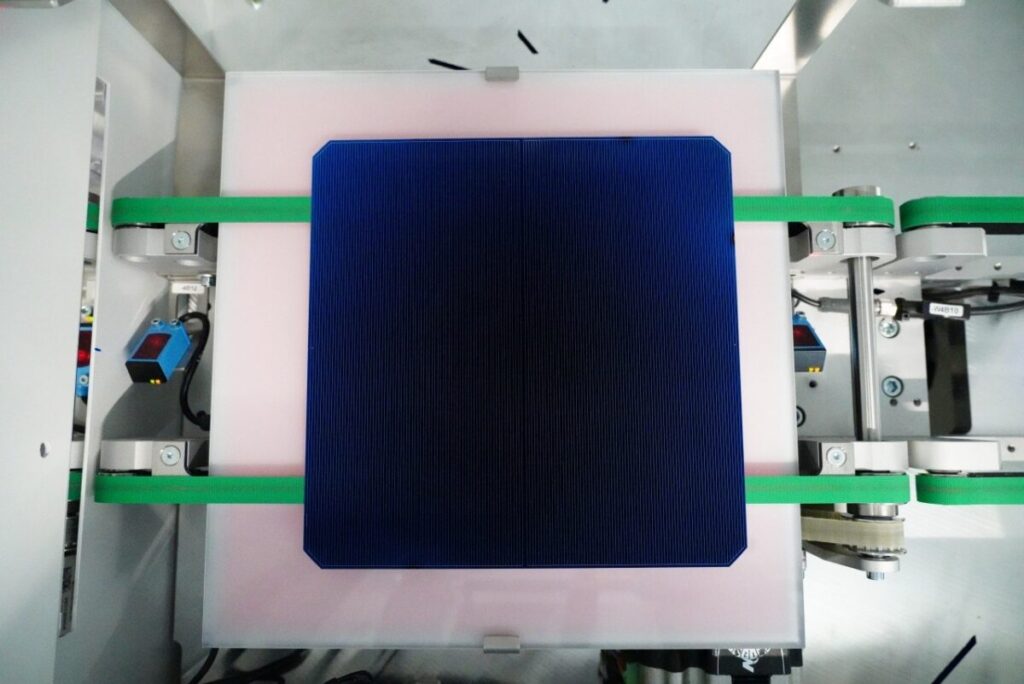Fraunhofer Institute for Solar Energy Systems Isee (Fraunhofer Isee) has shown that the current UV test methods overestim the demolition in tunnel oxide -passivated contact (topcon) solar modules, because dark storage after UV exposure is temporary efficient losses.
In 2024, researchers from Fraunhofer Isee analyzed the stability of Topcon, Passivated Emitter and Achter Cell (PERC) and heterojunction solar cells under UV -existing radiation and discovered that all three cell technologies can suffer considerable losses in implicit tension and efficiency. Practical experience has confirmed this finding.
With that in mind, other Fraunhofer ISE researchers assessed the validity of standard UV testing methods for Topcon modules. The result – surprising at first sight – is that conventional UV tests can considerably exaggerate the degradation effect.
In these laboratory tests, experts simulate the photovoltaic modules for natural UV exposure in the field and on roofs. They increase the radiation intensity to speed up aging and estimate the long -term performance losses.
Test limits
Fraunhofer Ise said that modules should be stabilized after testing to produce results that more accurately reflect in practice. Only then can researchers distinguish between UV-sensitive and more stable modulet types for similar evaluations. Scientists attributed this to the metastable behavior of commercialcon modules, which led to a reassessment of test procedures and additional field tests.
“Many moduletypes of the current generation of commercial-conve photovoltaic modules unfortunately respond sensitively to UV-existing radiation. ‘Field returns’ and comparisons between laboratory and field-aged modules confirm this, however. The relegation department does not seem to be as drastically assumed,” Characat mentioned Characaile mentioned PHILIP, “Characaile mentioned Characaile,” Characaile mentioned Characaile, “Characaile,” Characaile, “Characule,” Characaile, “Characule,” Characule, “Characule,” Characule, “Characule. Retarity department. “We recommend that users test photovoltaic modules based on the latest findings.”
Researchers said they should further investigate the phenomenon to better predict the effects of solar energy exposure on the module yield.
Relatively power loss of commercial-concon modules after UV tests (lines in the same color indicate the same modulette types), measured before and after stabilization
Image: Fraunhofer Isee
Efficiency rebound
The Fraunhofer ISE researchers discovered that during the testing, UV consumption destabilizes modules to the point that they lose a considerable efficiency during dark storage. The exposure to sunlight afterwards, however, causes a clear recovery effect.
Field tests at Fraunhofer ISE’s Outdoor Performance Lab and analysis of field returns in the Callab PV modules lab of the Institute showed that this stabilization process provides breakdown values much closer to Real-WorldD results.
Some modules showed little to no demolition after 60 kWh/m² UV exposure – about one year in Germany – and subsequent stabilization under sunlight. Others still showed the performance of a maximum of 5% post-stabilization. In general, the demolition was considerably lower than suggested by standard UV tests, Fraunhofer Isee said.
This content is protected by copyright and may not be reused. If you want to work with us and reuse part of our content, please contact: editors@pv-magazine.com.
Popular content


